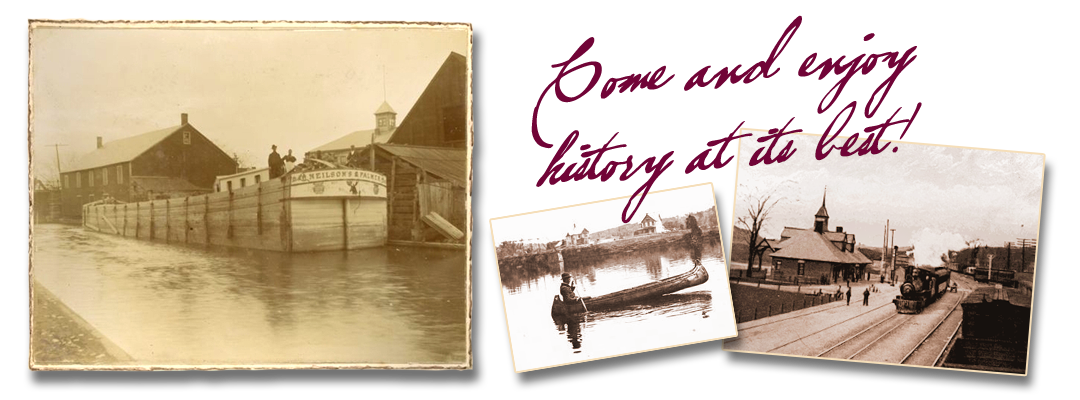
The Town of Stillwater, New York celebrated its bicentennial in 1988, as one of over one hundred towns ‘erected’ by the legislature on March 7,1788; presumably to authorize more polling places for the upcoming election of delegates to the State Convention that would determine whether or not the State of New York would ratify the proposed constitution.
However, Stillwater had long been on the highway of history long before 1788. Strategically situated at the joining of two rivers – the Hudson and the Hoosack, which made a natural crossing place for Indians as they went to their summer hunting grounds,no deposit slots and later on, the “King’s Highway” between Albany and Montreal. Hunters and traders also knew the trail up the Hudson River very well.
The place of the “Still Waters” knew early settlement. French people were here in the early 1600’s and are known to have had a mill, but they had to go to Albany to have their babies baptized in the Catholic faith.
Soldiers used this highway during the drawn-out French and Indian Wars. The early Fort Ingoldsby (1709), and its successor, Fort Winslow (1756) gave them shelter and protection on their journeys to and from Canada. Sometimes, the forts became their burial place.
With the signing of the treaty of peace in 1759, the pioneer homesteaders took the route of the ammunition wagons. In 1762, a Congregational Church society from Connecticut, with their pastor, Rev. Robert Campbell, settled in the southern part of the town; and about the same time, Baptists from Rhode Island settled in the northern section. In 1764, two hundred Scotch Irish Presbyterians were overtaken by winter here on their way to lands at Lake George. They were hospitably taken in by residents of Stillwater and Schaghticoke, where they stayed for two years until a purchase of lands could be arranged in a less rigorous climate than Lake George. They became early settlers of Salem, New York.
Stillwater Village grew quickly from a straggling outpost into a market center for the northern settlements along the river, the settlers in the lake region, and others to the east.
At the outbreak of the Revolutionary War, gristmills, saw mills, a tannery, an ashery and fuller’s works, a brewery and brick kiln, as well as stores and saloons, made it a thriving settlement.
When the news of the Battle of Lexington arrived, enlistment began at once. George Palmer equipped a company of militia, which marched to Ticonderoga to offer their services, “the first troops to march from this province against the British as the north”.
As the fighting threatened the river communities, families were sent to Albany or back to New England for safety, and the men stayed to face the British. The British were beaten at the Battles of Bemis Heights and Freeman’s Farm, in the Town of Stillwater, a victory which rates with the most important battles of the world. This is now the site of the Saratoga National Historical Park. The battles, however, left desolation in their wake; buildings burned, cattle confiscated, crops wiped out. Returning residents had to start all over again, as well as being on the alert at all times for attacks from Indians and Tories.
At the beginning of the 19th century, progress and prosperity began a triumphant march up the old warpath of the nation. The Champlain Canal, opened in 1823, really opened a golden age in commerce, transportation, church and home building, stores, inns, mills, and services, such as barns for changing for mules and horses.
During this period Stillwater produced Congressmen, presidential electors, members of the Assembly, and judges. A Stillwater girl, Abigail Powers, daughter of Elder Lemuel Powers of the First Baptist Church, became Mrs. Millard Fillmore, our thirteenth First Lady. The town was an educational as well as a commercial center, with an academy, which flourished for many years.
In 1824, there were more sheep than people, and that continued 498 dwellings, 13 district schools and 1246 working oxen and cattle. In addition to all the mills and industries, farming was very important. In 1860, local farms produced 101,935 pounds of butter and 13,090 pounds of cheese, for example.
However, progress caught up with Stillwater and then bypassed it. The canal was overtaken by the railroads; there were devastating mill fires; stores dwindled or closed.
Stillwater has become a “bedroom community”, with people commuting to work in the nearby Capital District. There is now a building boom, as the charm of the village, with its stately Victorian homes; and its situation by the river and rolling hills, is discovered. As people settle here, we hope they will become interested in the history and care. As they walk through the village and town, enjoy the architecture of another century or two; read the historical markers, and take pride in its uniqueness.
Stillwater is a growing community with a population of 8,932.
